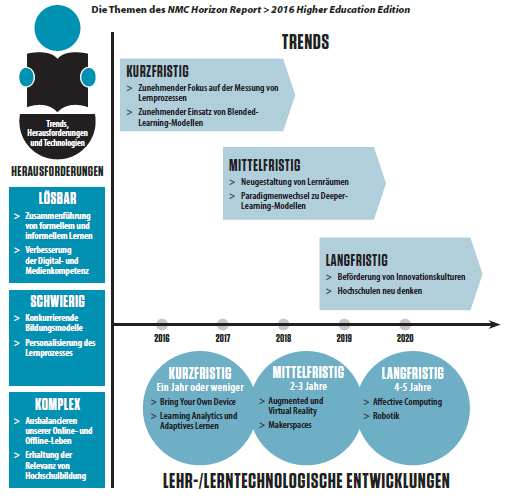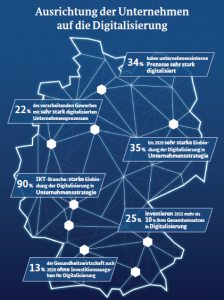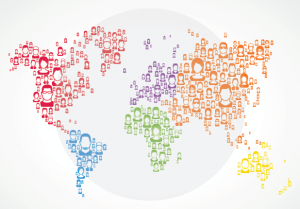
Der Horizon Report 2016 (Hochschulausgabe, PDF) stellt sechs lehr- und lerntechnologische Entwicklungen in den kommenden 5 Jahren heraus. Kurzfristig geht es um die Messung von Lernprozessen und den zunehmenden Einsatz von Blended-Learning-Modellen. Mittelfristig sollen Lernräume neu gestaltet werden und Deep-Learning-Modelle genutzt werden. Deep Learning ist aus dem Cognitive Computing bekannt und wird dort schon in vielen Bereichen erfolgreich genutzt. Langfristig soll es zu einer neuen Innovationskultur kommen, wobei die Hochschulen “neu gedacht” werden. Es freut mich, dass es kurzfristig auch bei den Hochschulen einen deutlichen Trend zu Blended Learning gibt, bzw. geben wird. Wir nutzen Blended Learning schon seit vielen Jahren als methodisch/didaktisches Konzept für die von uns entwickelten Lehrgänge mit IHK-Zertifikat. Informationen dazu finden Sie auf unserer Lernplattform.
Quelle: Johnson, L., Adams Becker, S., Cummins, M., Estrada, V., Freeman, A., und Hall, C. (2016). NMC Horizon Report: 2016 Higher Education Edition: Deutsche Ausgabe (Übersetzung: Helga Bechmann, Multimedia Kontor Hamburg). Austin, Texas: The New Media Consortium.






